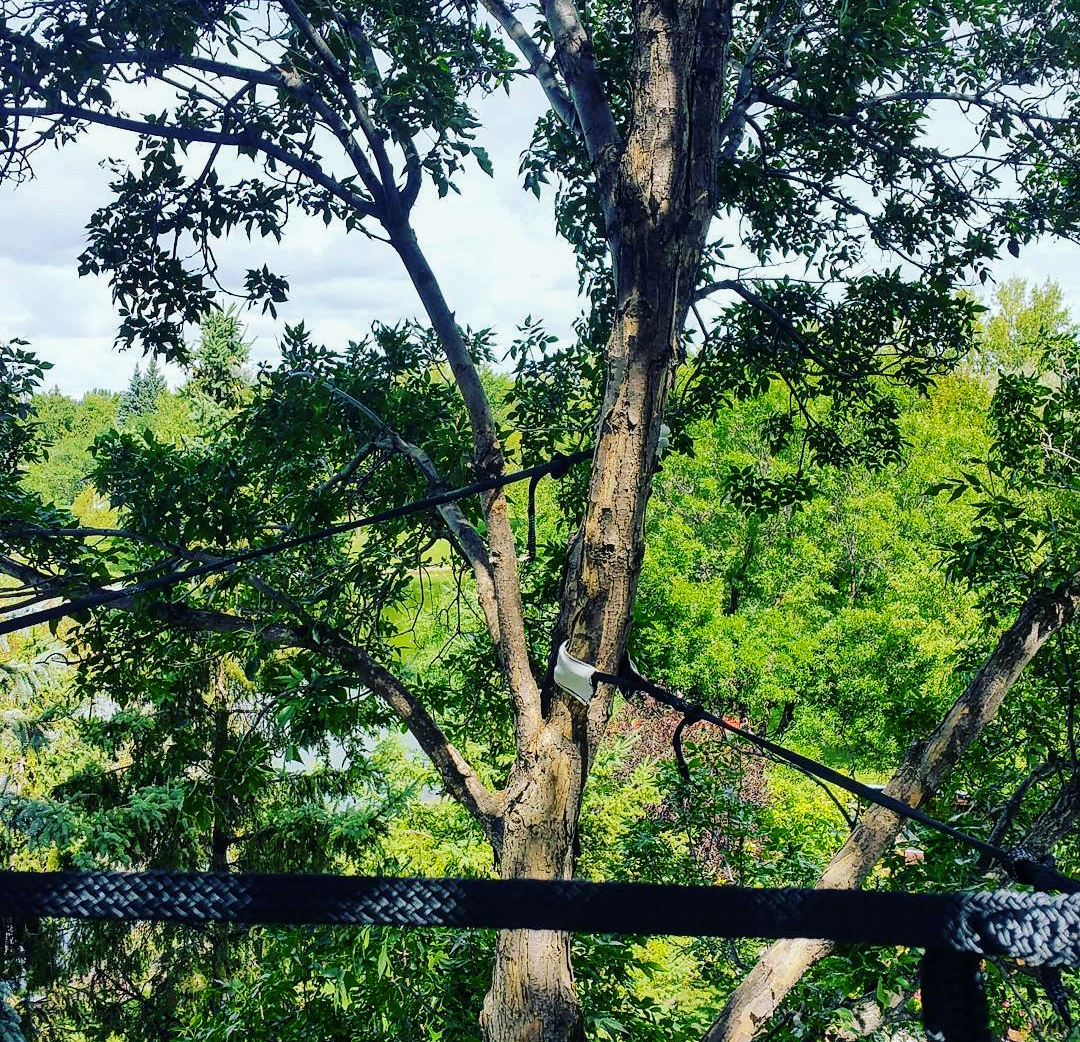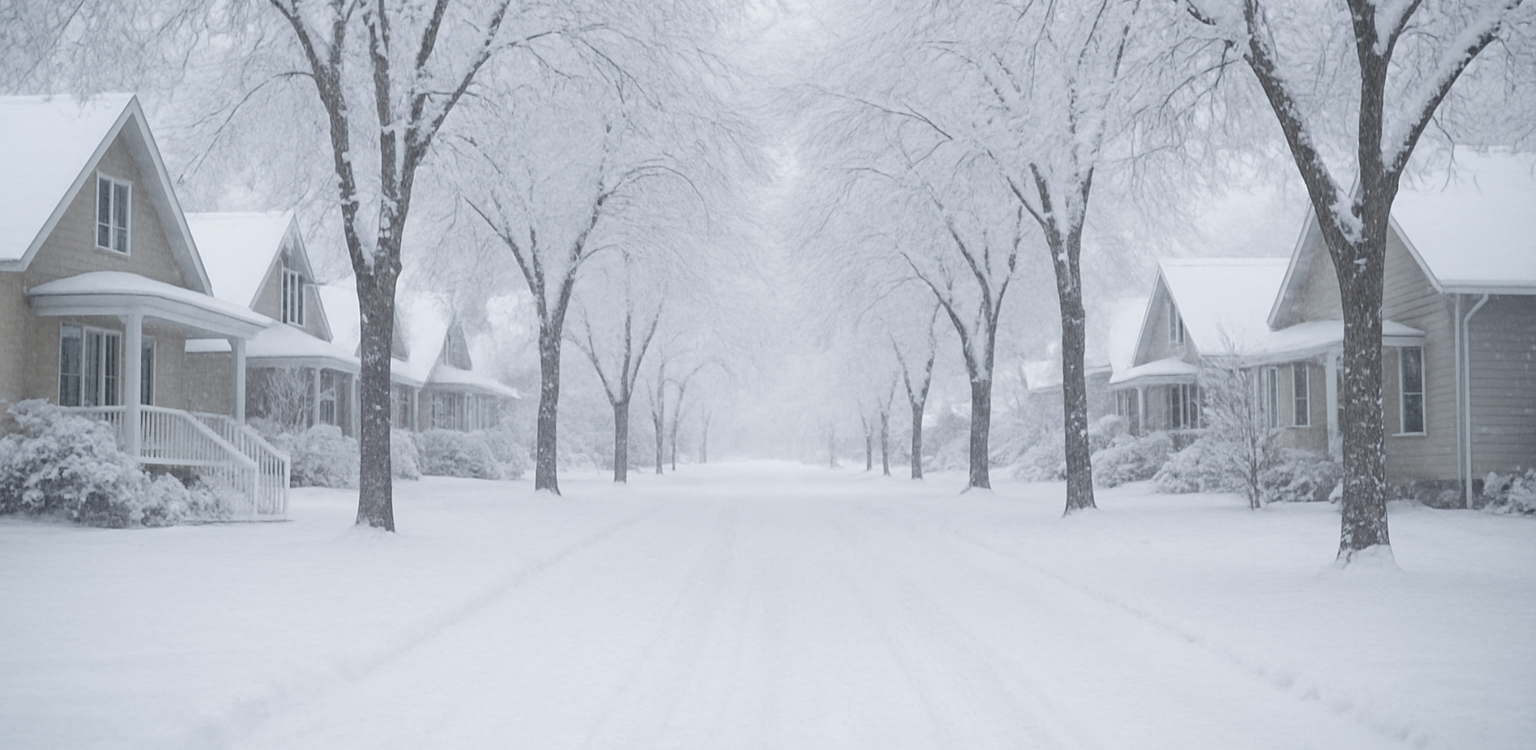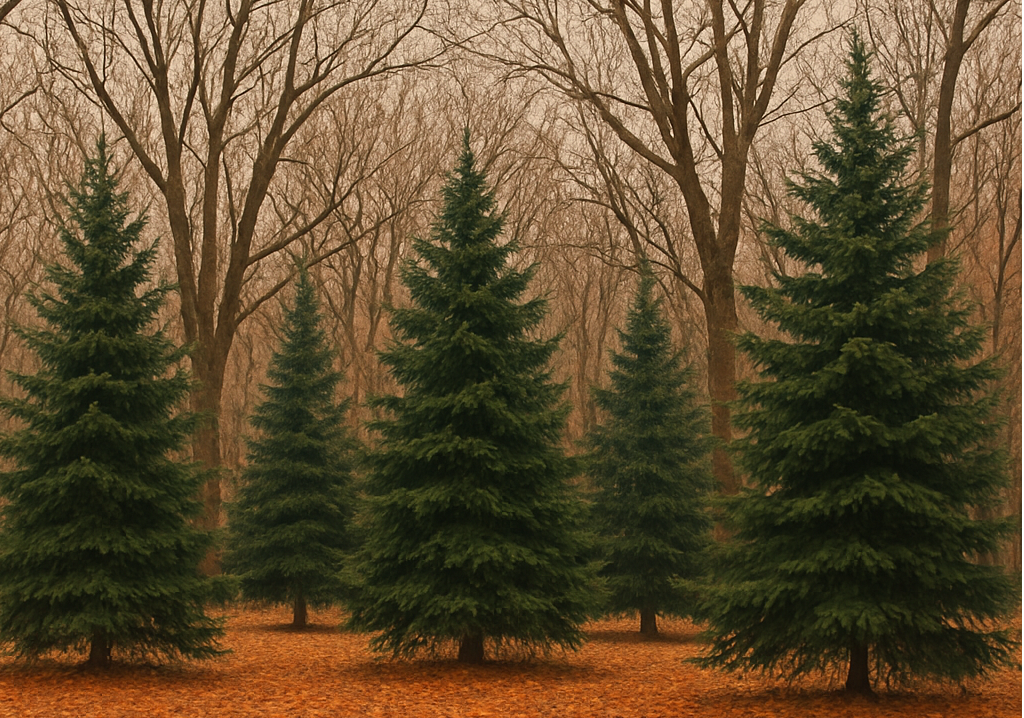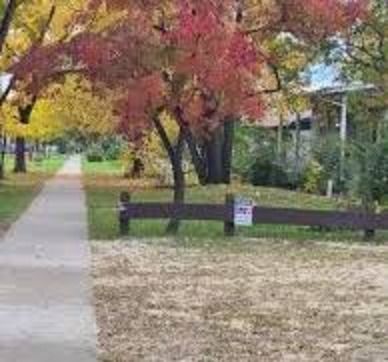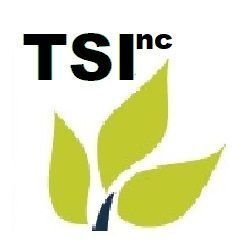The Benefits of Cabling and Bracing for Tree Stability
Trevor Soltys & Paul Kasper
Trees are living structures, and like any structure, they can sometimes need a little extra support. Whether it's due to age, storm damage, or natural growth patterns, some trees develop structural weaknesses that make them more vulnerable to breakage or failure. That’s where cabling and bracing come in — two highly effective techniques for supporting trees and extending their lifespan.
Let’s take a closer look at what cabling and bracing involve and how these structural support systems can help protect your trees, property, and peace of mind.
What Is Cabling and Bracing?
Cabling and bracing are proactive methods used by professional arborists to reinforce weak tree limbs or trunks, reduce the risk of breakage, and preserve valuable trees.
- Cabling involves installing high-strength steel cables high in the canopy between major limbs. These cables limit the movement of branches during strong winds or storms and reduce stress on weak or heavy limbs.
- Bracing involves inserting threaded steel rods through weak or split limbs or trunks to provide rigid support and prevent further splitting or failure.
Used together or separately, these techniques help stabilize a tree without harming its natural appearance or health.
When Are Cabling and Bracing Necessary?
Cabling and bracing are typically recommended when:
- A tree has a split or cracked trunk or limb.
- A tree has co-dominant stems — two or more trunks growing from the same point, which often creates a weak attachment.
- A large, healthy tree has heavy limbs that are vulnerable to wind or snow load.
- You want to preserve a valuable or mature tree that might otherwise need to be removed due to structural risk.
Arborists can assess a tree's structure and determine whether support systems are needed — and where they will be most effective.
Benefits of Cabling and Bracing
1. Preserves Mature or Valuable Trees
Some trees are simply irreplaceable — they may provide shade, beauty, history, or sentimental value. Cabling and bracing can often save a tree that might otherwise be lost due to structural weaknesses.
2. Prevents Property Damage
A large branch or entire tree failure can result in serious damage to your home, vehicle, fence, or landscaping — not to mention the risk to people and pets. Reinforcing weak limbs helps prevent costly accidents.
3. Reduces Risk Without Removing the Tree
Instead of taking down a tree preemptively due to safety concerns, cabling and bracing offer a way to mitigate risk while keeping the tree in place. It’s a win-win solution for both safety and sustainability.
4. Supports Natural Growth
Cabling doesn’t restrict a tree’s growth — it simply helps guide it in a safe direction. Over time, many trees can adapt and strengthen around these supports.
5. Long-Term Cost Savings
While installation and periodic inspections are an investment, cabling and bracing can save you money in the long run by avoiding emergency removals, repairs, or replacements.
Professional Installation Matters
It’s important to note that cabling and bracing should always be performed by a certified arborist. Improper installation can actually worsen a tree’s condition or create new risks. A professional will know the correct hardware, placement, and techniques to ensure the tree’s health and safety.
Additionally, support systems should be inspected regularly to make sure they’re still functioning properly as the tree grows and changes.
